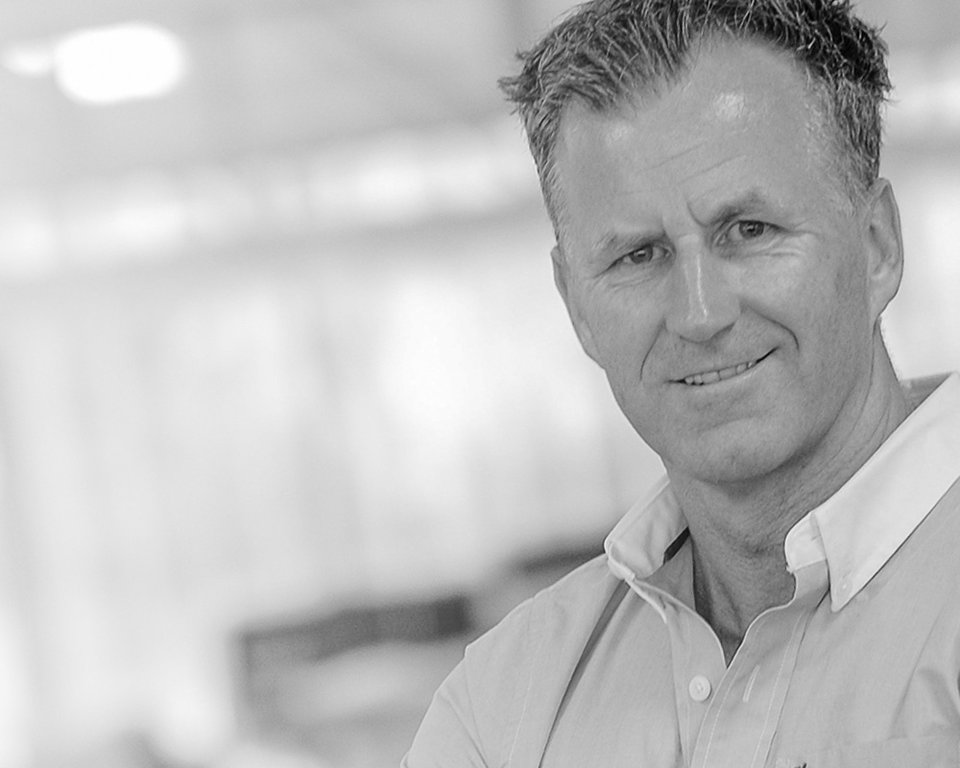NCH is a global leader in industrial and commercial maintenance products and services since 1919. With 100 years of history and over $1 Billion annual sales revenue worldwide, NCH prides itself on providing customers with the best lubrication and industrial maintenance products and services.
NCH differentiates itself from competitors by bringing the latest technology to increase reliability, robustness of repair, quick and timely repair and lower overall costs and budgets of any asset-based cost programs.
Our speciality and areas of solutions:
- High performance greases
- Specialty oils and fluids
- Extreme temperature lubricants
- Diesel fuel improvers
- Gears and hydraulic oils
Workshop Solutions and NCH spectrum of products
NCH has a broad range of products offered to tackle any problem or concerns in the workshop space or environment.
Our high performance lubricant products include premium oils, greases, flushing oils, wire rope and lubricants. The portfolio of products ranges across workshop requirements for aerosols, as well as heavy-duty degreasers, specialized cleaners for descaling and air-conditioning.
NCH provides solutions to corrosion control, pipe repair and various spills. Drilling, welding, repair, glue adhesives and concrete repair form some of the areas NCH provides products that can do the job. Products that encourage personal hygiene, hand cleaners, barrier creams and even insect sprays. And lastly, the diesel fuel improvers, is an area where NCH products exceeds expectations. NCH also has a parts cleaning solution in the workshop that reduces costs while increasing productivity of each project.

























